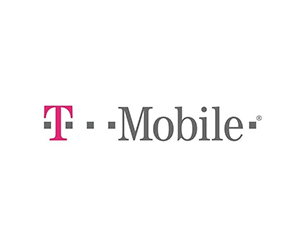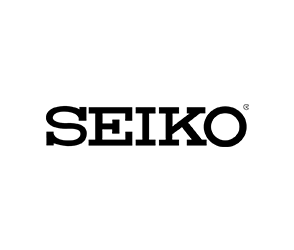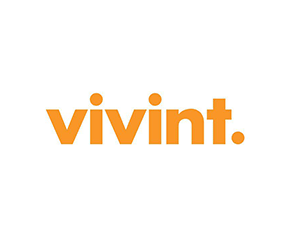Top Industrial Designer
An Industrial Designer is a professional who combines creativity, engineering, and problem-solving skills to conceptualize and develop innovative products.
BRANDS THAT
TRUST DEVS.COM





How to Hire Rockstar Industrial Designers at Devs.com
Talk to our experts
One of our experts will discuss your requirements, your goals and the team dynamics needed to reach them
We will Hand pick candidates
Devs.com will then select the candidates that match the qualifications and requirements that you have provided
Work with a top Industrial Designer
Within a week, we will have matched you with a top Industrial Designer that is on our network to work with your team
Looking for specific skills from an Industrial Designer?
You may need a certain combination of skills for your Industrial Designer. We will be able to help you search for the right person by tailor-fitting our search to match all the skillsets that you require.
What is an Industrial Designer?
An Industrial Designer is a professional who combines creativity, engineering, and problem-solving skills to conceptualize and develop innovative products. These products range from consumer goods and electronics to furniture and medical devices. Industrial designers focus on both the aesthetics and functionality of products, considering user experience, market trends, and manufacturing processes. They collaborate with cross-functional teams to bring concepts to fruition, creating designs that are not only visually appealing but also practical and user-friendly. Industrial designers play a crucial role in transforming ideas into tangible, market-ready products that meet the needs of users and align with business goals.
How do you become an Industrial Designer?
- Educational Background: Pursue a bachelor’s degree in industrial design, product design, or a related field to gain a solid foundation in design principles, materials, and manufacturing processes.
- Build a Portfolio: Develop a comprehensive portfolio showcasing your design projects. Include a variety of work that demonstrates your ability to solve design challenges, consider user needs, and create aesthetically pleasing and functional products.
- Internships and Experience: Gain practical experience through internships or entry-level positions in industrial design firms, product development companies, or related industries. Practical exposure enhances your understanding of real-world design processes.
- Master Design Software: Acquire proficiency in design software commonly used in the industry, such as AutoCAD, SolidWorks, Rhino, or other 3D modeling and rendering tools. Mastery of these tools is essential for bringing design concepts to life.
- Networking and Industry Involvement: Attend design conferences, networking events, and engage with professional organizations in the design industry. Building a network and staying informed about industry trends and innovations is valuable for career growth.
Skills needed to be an Industrial Designer:
- Sketching and Conceptualization: Strong sketching and conceptualization skills to communicate design ideas visually and explore various concepts during the ideation phase.
- 3D Modeling and Rendering: Proficiency in 3D modeling and rendering software to create detailed and realistic representations of product designs, aiding in visualization and communication with stakeholders.
- Prototyping and Model Making: Skill in creating physical prototypes and models to test and validate design concepts, allowing for hands-on evaluation of form, function, and ergonomics.
- Materials and Manufacturing Knowledge: Understanding of materials, manufacturing processes, and production techniques to design products that are feasible for mass production and meet industry standards.
- User-Centered Design: Emphasis on user-centered design principles, considering the needs, preferences, and behaviors of end-users throughout the design process.
- Problem-Solving: Strong problem-solving skills to address design challenges, optimize functionality, and overcome constraints in the design and manufacturing phases.
- Aesthetic Sensibility: Aesthetic sensibility and an understanding of design trends to create visually appealing products that resonate with target markets.
- Collaboration: Effective collaboration skills to work seamlessly with cross-functional teams, including engineers, marketers, and manufacturers, ensuring a holistic approach to product development.
- Communication Skills: Clear communication skills to articulate design concepts, present ideas to clients and stakeholders, and facilitate effective collaboration within project teams.
- Adaptability: Adaptability to evolving technologies, market trends, and design methodologies, allowing for the integration of innovative solutions and maintaining relevance in a dynamic industry.


